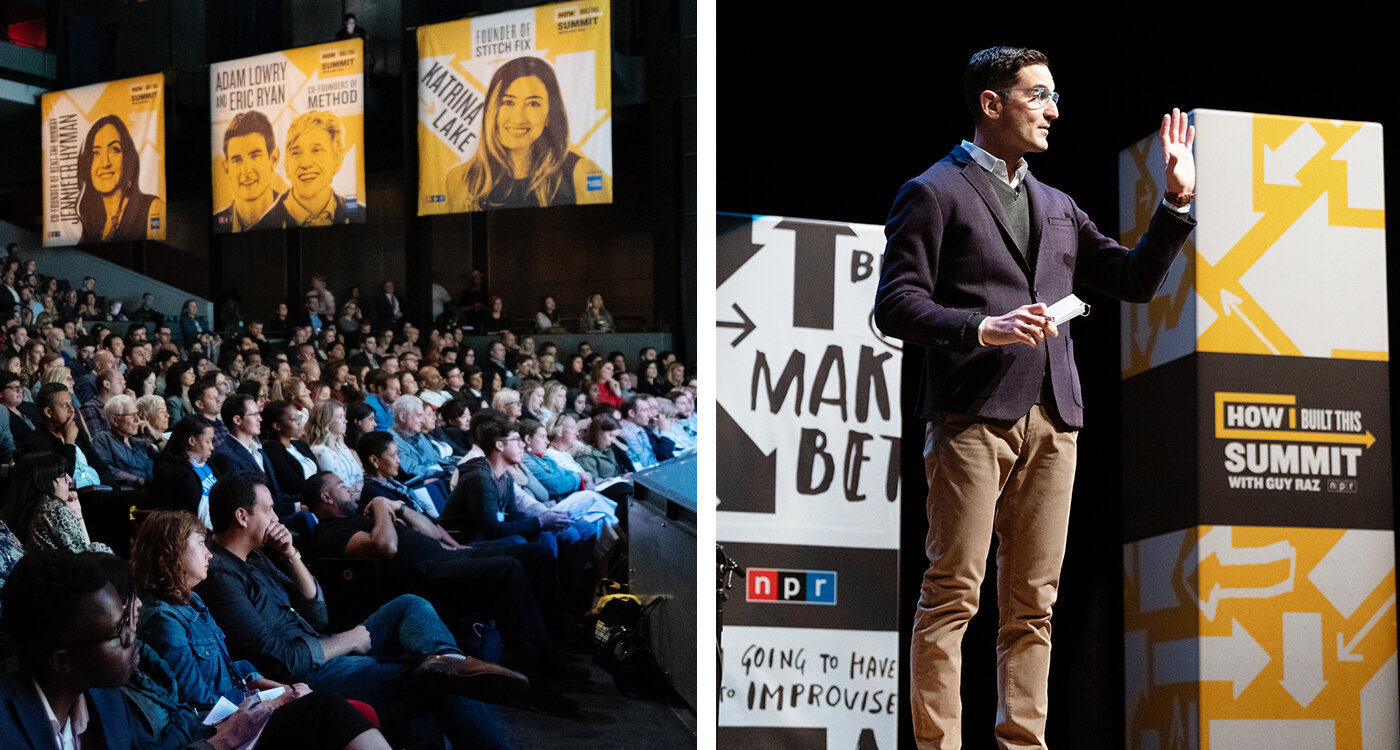I was on top of the world. All of my social media tracking pixels were firing, customer data beautifully synced up with my Business Manager and conversions were happening consistently for a sweet price. Then a global pandemic and the iOS 14 update rolled in. Everything changed. My Cost Per Click (CPC) went up and my conversions went down. Yikes! As I scoured forums and industry sites, I discovered I wasn’t alone. Here’s what went down:
COVID brought the crowds online.
Almost overnight, businesses that thrived in an offline setting had to find a way to make money virtually. Many in the outdoor, event and tourism-driven worlds had to pivot to work on website redesigns and set up e-commerce options to ensure they were still getting a piece of that revenue pie. This drove up competition in the ad space, especially on social media.
What this means:
To get through to your fans and followers, you’ll need to be extra clever. Find new ways to stand out on Facebook and Instagram.
But how?
Test your Facebook and Instagram post lengths. Even Dynamic Ad formats allow for long format posts now. Smaller or bespoke businesses have a chance to resonate with consumers by treating posts like small blog pieces. More and more consumers feel compelled to read below the fold (aka “Read More”) prompt.
Another option: Brands of all sizes can make an impact by testing solely using video creative in ads. You can also create custom videos for each placement all within the same ad set. No video? No problem. Moving images or combining photos into a slideshow through Business Manager’s Creative Hub can show a significant lift in ad engagement.
Custom Audiences have fallen flat.
The iOS 14 update shook the entire landscape. Entire data sets are now irrelevant because the tracking pixel Facebook/Instagram uses isn’t working across all devices (we’re looking at you iPhone). This means the Custom Audiences you created with your email database, offline events or website traffic have shrunken and may no longer be helpful in targeting.
What this means:
Have a little cry. Morn the loss of all your fabulous Custom Audiences and move on. It’s time for all of us marketers to dust ourselves off and get back to work. With the advent of GDPR, CASL and other pieces of anti-spam legislation we should be respecting people’s privacy as a best practice anyway.
But how?
Return to the tried and true interest and geo-targeted audience building. Test what your consumers are actually responding to and rebuild audiences from the ground up. I’ve seen my CPC drop significantly after A/B testing my older Custom Audiences with new interest-based ones. Users are on these social platforms, we just have to start fresh.
If nothing else, it’s a great reminder to diversify our marketing mixes and experiment with other lead generating activities. It always rings true: social platforms are essentially rented space.
Your fancy mid-pandemic website refresh may have changed the purchase path.
Maybe it’s not a Facebook or Instagram problem? If the journey to purchase is harder or different on your website, people may struggle with change. Focus on guiding people to a purchase once they’ve clicked through to your website from the ad. It’s best to use an analytics platform (Google Analytics is my preference) to decide if these website changes helped or hindered. A cool place to start is by reviewing website traffic through “Users Flow”.
Toggle the drop down from “Medium” to “landing Page”. This will give you an idea of where people are entering and leaving your site. This is a super helpful tool to identify what web pages aren’t pulling their weight.
To summarize: Fear not. As marketers, our industry is constantly evolving. It’s what keeps us coming back campaign after campaign. Just as one FB/IG door closes, another will open. I’ll leave you with some wise words from an article recently written by Adweek:
“To cut through the noise, it’s helpful to separate the ultimate objective from the tactics. The objective for marketers is always to establish and maintain a relationship with customers and engaged prospects, today and into the future. Smart brands, particularly consumer-facing companies, appreciate that such relationships are their principal enterprise asset.”














